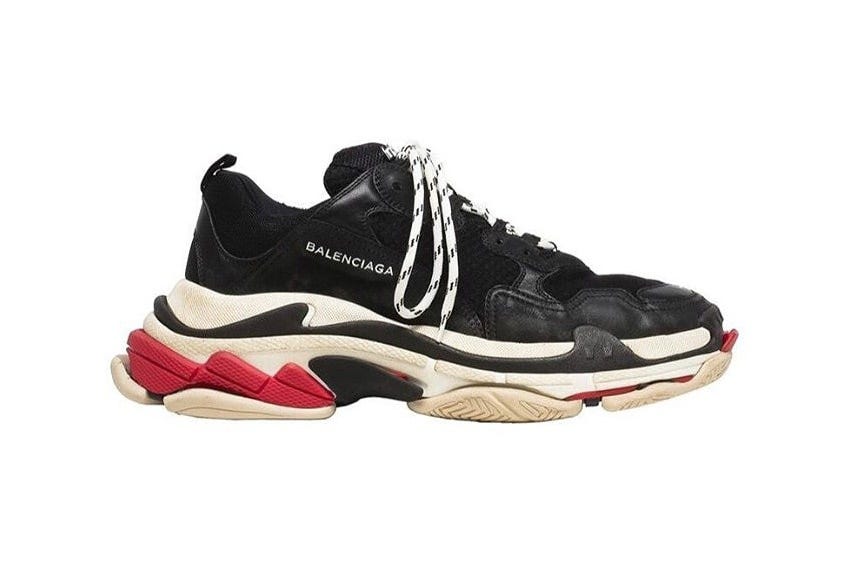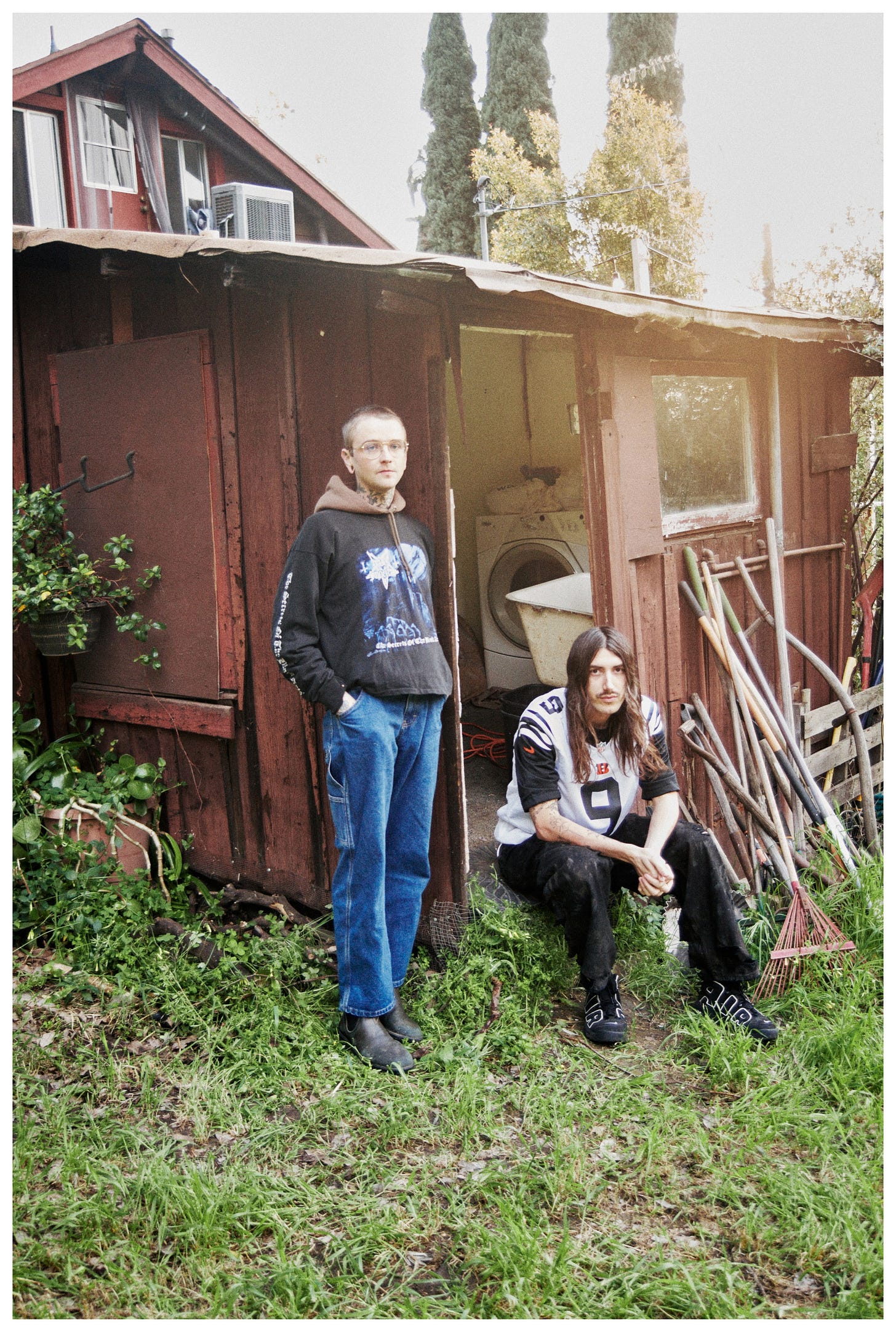1. THE ERA OF THE FRANKENSHOE
Maybe the reason we can’t quit the Frankenshoe is because of the novelty of the 10XL soles and exaggerated proportions, or maybe it’s because it guides us down refreshing new avenues of possibility with our footwear. When the Fannings talk about their footwear at Kiko Kostadinov, they talk about creating something new by contrasting different existing elements. This creativity is, in many ways, the essence of fashion design. By creating new, unclassifiable types of shoes, designers like the Fannings are allowing another avenue for self-expression, another route to redraw the boundaries of how we dress. Hybrid footwear sits outside the rigid definitions of sneakers or loafers, trainers or high heels. Taking elements from each—and, sometimes, from somewhere completely different—these designs allow us to land somewhere in the middle of those classifications. Somewhere more interesting, somewhere less confined and somewhere, hopefully, more fun.
Very well said. This era of sneaker design has been taken over by the Frankenshoe, if not for the meme potential but also for its ability to transcend categories and blur design lines. I will always have a fond appreciation for the designer and shoe that kicked it all off, Demn Gvasalia’s Triple S from 2017:
“The huge, exaggerated shoe—which looked like a hybrid of three different designs on its sole alone—immediately became a hit. Even if you didn’t like the shoe, you had an opinion on it”
This exact kind of mindset is what in my opinion, pushes culture forward and makes design interesting. Making people have an opinion, good or bad, is the most important thing you can do as a designer or creative. Maybe that’s the marketer in me speaking, but I think that polarizing design is often the most infamous and influential, at least in the internet age.
The Cybertruck is the most controversial piece of design of the 2020s, but its impact on culture through it’s brutalist shape and sharp corners became instantly iconic. Love it or hate it, it was something that borrowed from the past to weld it’s own way into the future. (If we’re being completely honest, A LOT of people also have a really hard time separating Elon from their opinion of the design itself).
Innovative, interesting design should make you have a visceral reaction like the Triple S sneaker or the Cybertruck. Now, one might say that this specific approach is all for viral potential and that simplicity or minimalism can be equally impactful through a more quiet, considered approach. Case and point, Lemaire and Aurallee are two brands that bring a no frills, purist approach to fashion that still pack a punch. It’s a kind of Yin to other approach’s Yang. Both are integral to culture, but polarizing design has a way of breaking through the noise in our modern informational ecosystem.
Maybe that’s why my experience in the world of advertising gives me a greater appreciation for provacation. In the age of social media, it’s much better for people to have an opinion and engage than it is to just keep scrolling and not think anything at all. Read here.
2. Petra Collins Says Sorry
Girlhood no longer belongs to girls. Conventionally attractive men in Hollywood are now deemed “babygirls” and terms such as “girl dinner” have made the transition from online to everyday usage regardless of gender identification. Whether it’s Shumon Basar’s assessment in 032c Issue #44 that the “girl” has “become an enigmatic category all her own” or Alex Quicho’s Wired article entitled “Everyone Is a Girl Online,” it’s clear that femininity has become increasingly susceptible to abstraction in today’s cultural landscape.
Portraying girlhood in the context of its usurpation has been a key concern of artist Petra Collins since she took up photography at 15 in her hometown of Toronto. Known early on for her contributions to Rookie Mag, the online magazine founded by fashion blogger Tavi Gevinson, the LA-based artist has developed a practice spanning fashion and art photography, filmmaking, and music video direction. Her early aesthetic, which has often been subjected to extraction and the retroactive application of aesthetics including “millennial pink,” has itself foreseen a style of the times—a style at first associated with girlishness then uprooted from its origins.
Read 032c’s interview with the iconic Petra Collin’s here and be sure to check out her debut SSENSE collection “I’m Sorry by Petra Collins” here.
3. Forever Grateful: The Online Ceramics Founders Are Parting Ways
A legendary run from an brand that will always have a special place in my heart. Can’t wait to see what they do next. Read here.
4. Meet the Young Men Paying to Attend Mogwarts, an Online School for Becoming Hot
We’re cooked. Read here.











